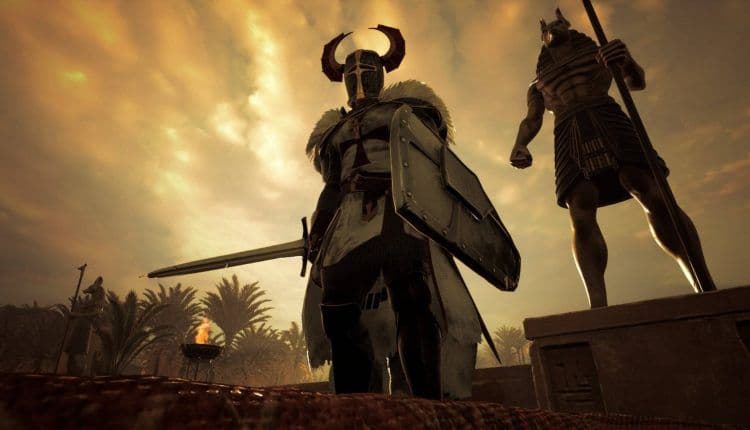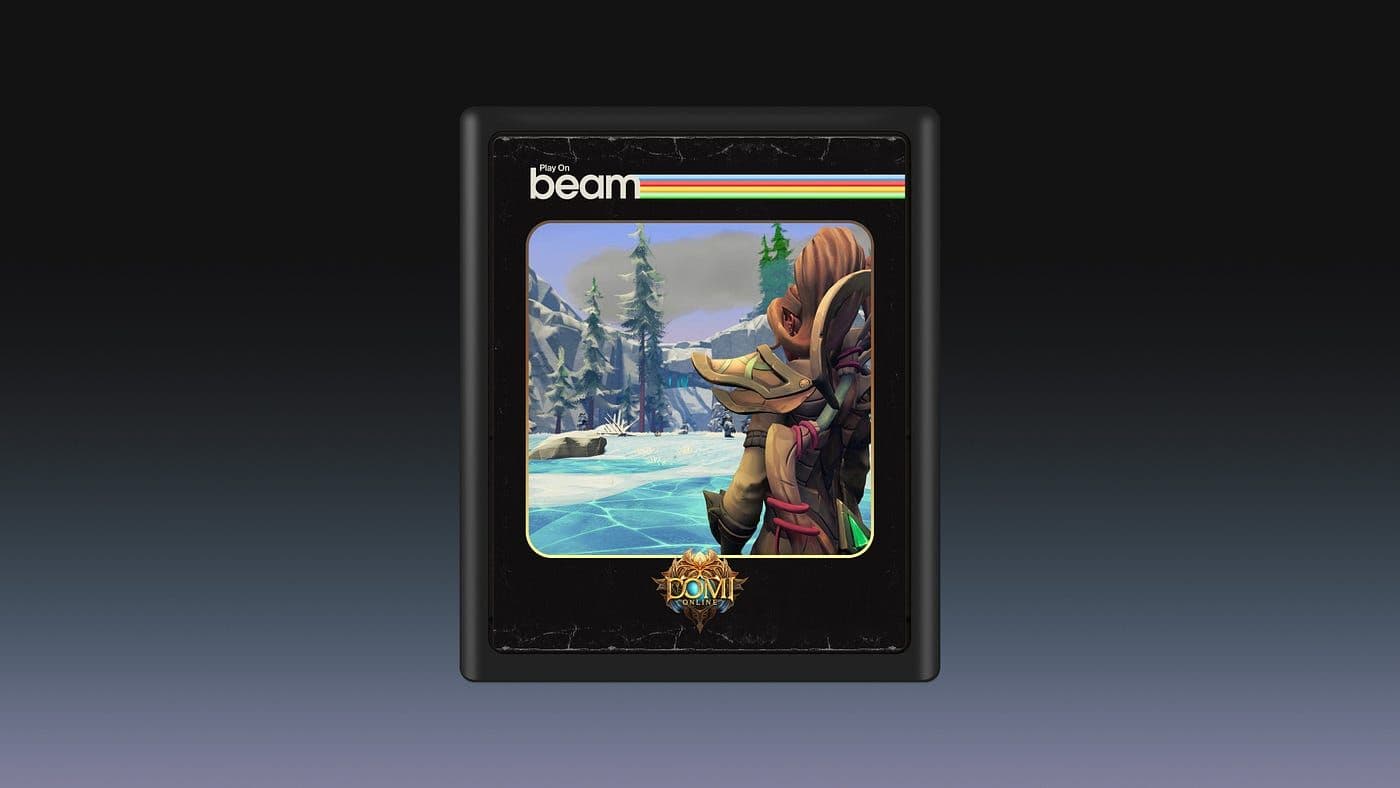For nearly a decade, Roblox has been a dominant force in kids’ online gaming, capturing the attention of more than half of U.S. kids under 16 as of 2020. However, with Roblox’s recent push to cater to an older audience, the demand for an exclusively kid-focused MMO (massively multiplayer online) platform is more evident than ever.
The transition of Roblox from a kid-centric space to one aimed at a broader age range—prompted by new developer tools and mature content offerings—led to a reclassification by the Entertainment Software Rating Board (ESRB) from “E for Everyone” to “T for Teen” in 2022. This shift leaves a gap in the market for games specifically designed with younger users in mind, prompting questions about the future of MMOs for children and whether a new platform can step up to fill the void.
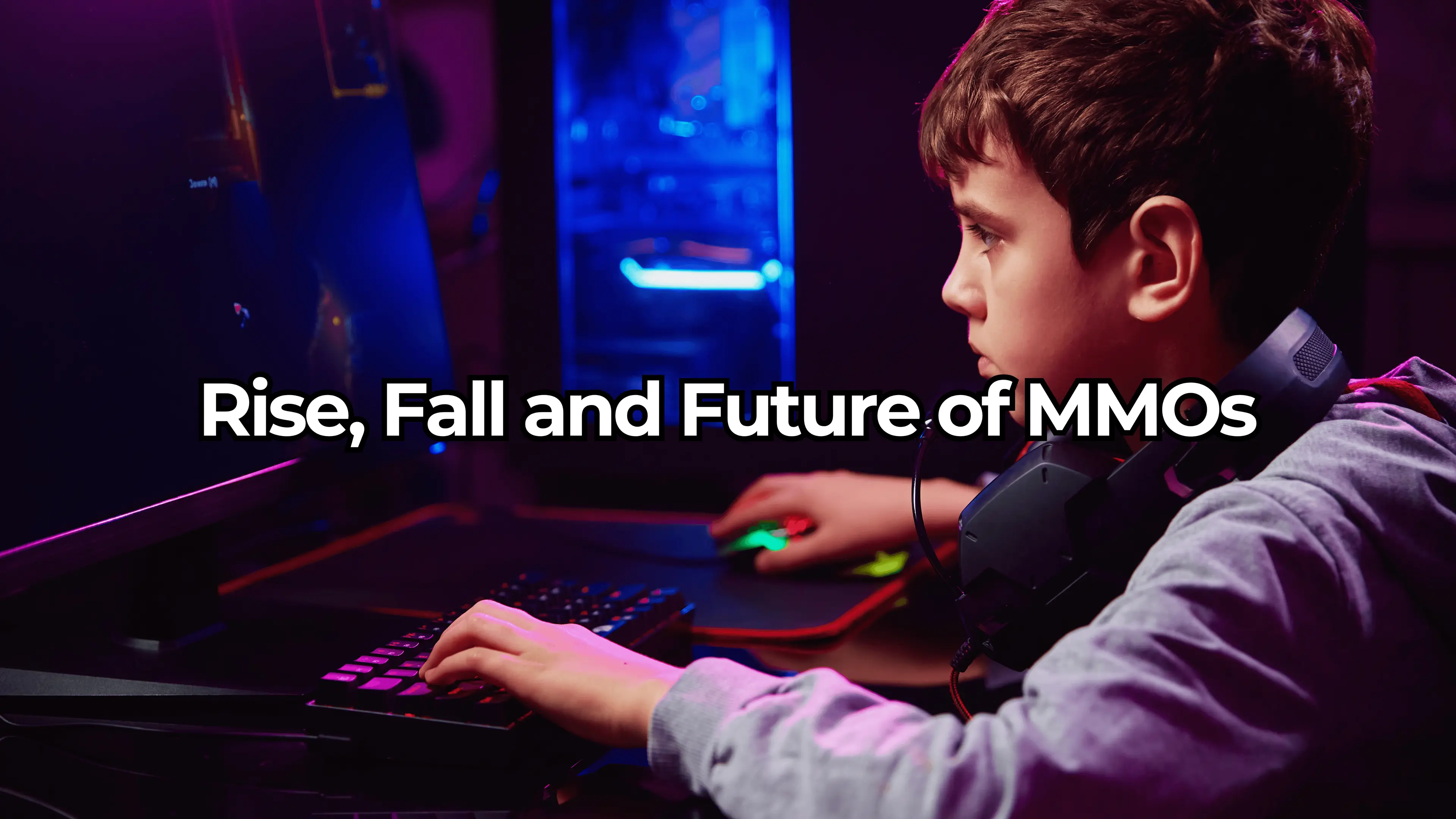
Rise, Fall and Future of MMOs
The Evolution of the MMO Genre for Children
Before Roblox’s rise, MMOs dedicated to young audiences flourished. Platforms like Disney’s Club Penguin, Toontown Online, and Virtual Magic Kingdom provided children with vibrant virtual worlds in which they could socialize and play games with their peers. These games were designed with safety, creativity, and simplicity in mind, fostering a sense of community that extended beyond single gaming sessions. Independent ventures such as Wizard101 and Fantage also captured millions of young players, proving there was substantial demand for online spaces crafted specifically for children.
Despite their popularity, these MMOs faced mounting financial and operational challenges that eventually led to their closures. Club Penguin, for instance, reached 200 million users but required extensive real-time moderation to maintain a safe environment, with Disney employing a large team of paid moderators. Toontown Online, similarly, had a high cost-to-user ratio due to its ongoing need for moderator oversight. These games, though successful in engaging young players, ultimately became financially unsustainable, leading to a wave of closures by the late 2010s.
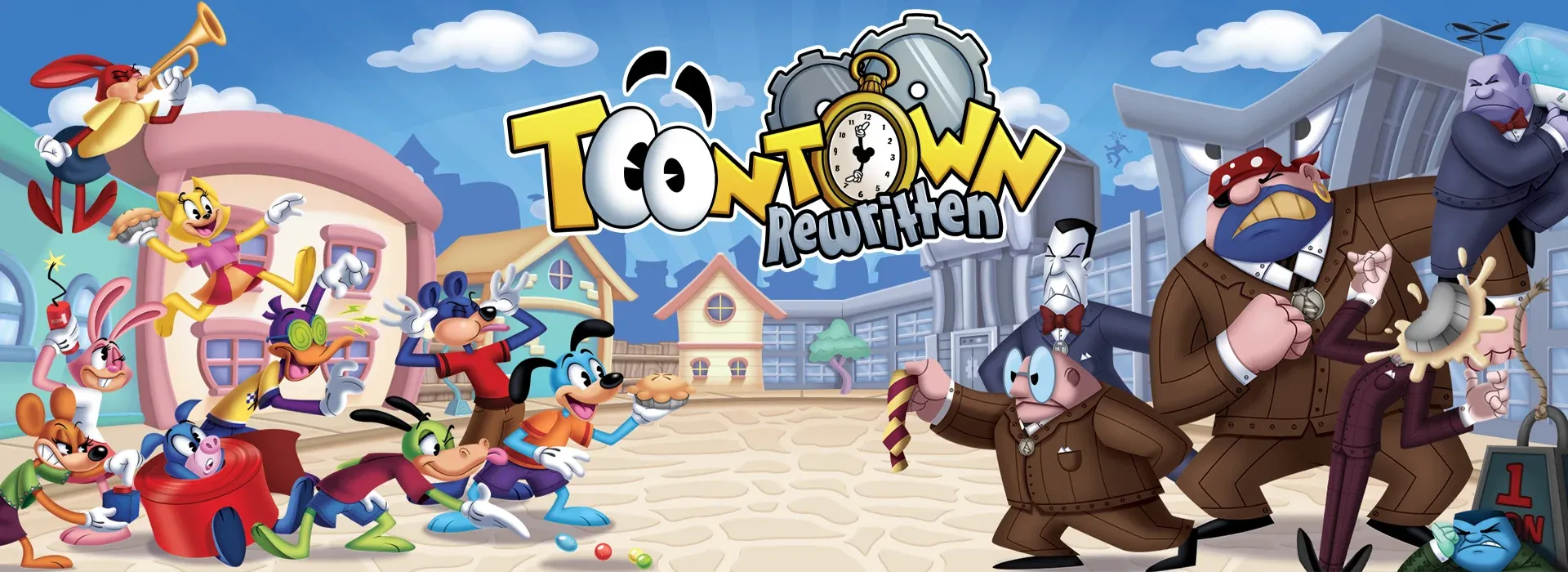
Toontown Online Rewritten
Shifts in the Online Gaming Landscape
The decline of kids’ MMOs left a void in the market, and young gamers seeking virtual socialization shifted to other platforms like Roblox and Minecraft. While these games offer creative and interactive experiences, many of them are not exclusively kid-focused, and some include mature content that may not be suitable for all younger users.
For instance, Fortnite, another popular game among kids, is rated T for Teen, meaning it is generally recommended for players aged 13 and older. Minecraft, rated “E10+,” remains a safer option, though it is not primarily marketed as a kids-only platform. Games such as Rocket League, Fall Guys, and Among Us also attract younger audiences, but these titles don’t provide the same open-world MMO experience that the previous generation of kids’ MMOs did.

Roblox Key Art and Characters
Unique Needs of Kids’ MMOs
Unlike games for older audiences, MMOs for children require distinct design and operational frameworks. A significant part of childhood development involves exploring social and emotional skills, which games can impact. Kids aged 5 to 10, in particular, are developing skills like cooperation, empathy, and rule-following, and are beginning to form stronger peer relationships. Online games, with their immersive environments and social interactions, have the potential to influence these formative skills.
MMOs are particularly interactive and community-driven, making them both appealing and challenging to manage in a child-focused environment. Adult MMOs, such as World of Warcraft, often rely on the community itself to report issues and manage spaces, an approach that isn’t feasible for games primarily aimed at children. Kids’ MMOs require robust moderation, scalable safeguards, and gameplay designed to foster positive interactions while preventing harmful ones.

World of Warcraft Logo and Key Art
Lessons from the MMO Graveyard
The closure of past MMOs for kids offers valuable lessons about how to successfully create and sustain these platforms. Most notably, effective moderation is essential. In the case of Club Penguin and Toontown Online, real-time, human moderation was used to protect young players from inappropriate content and interactions. However, the high cost of these moderation efforts contributed to these platforms’ financial struggles.
Another challenge faced by these MMOs was identity and age verification, which is becoming increasingly important as safety regulations, such as COPPA (Children’s Online Privacy Protection Act) and GDPR, add new requirements for online platforms. While verification technology has advanced, many gaming companies face financial disincentives to implement strict age-gating measures, as it could potentially reduce their active user base and increase costs.
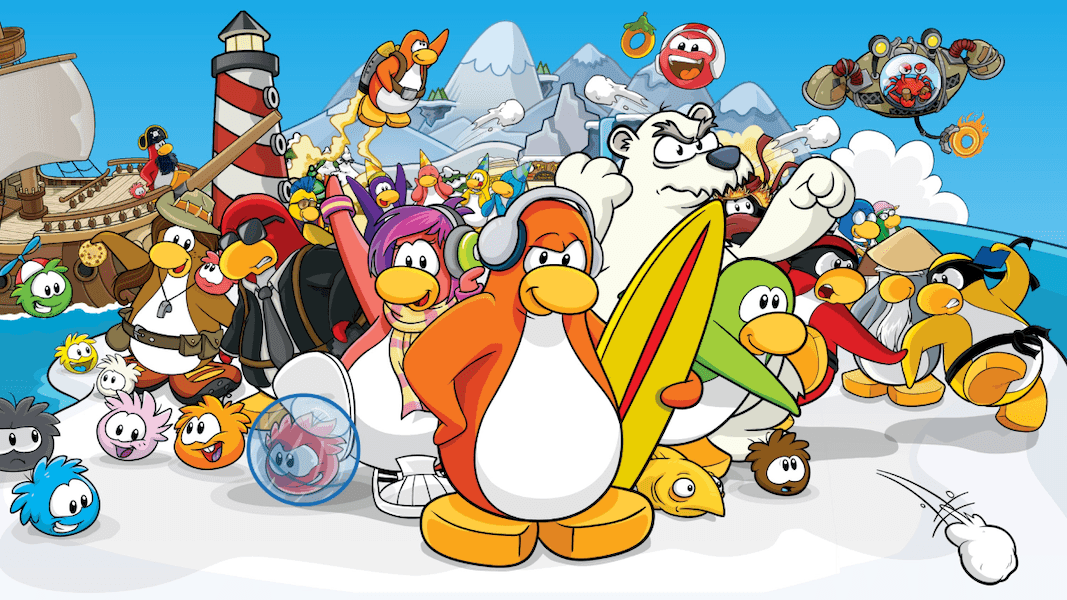
Club Penguin Key Art
A Blueprint for the Future of Kids’ MMOs
Despite the hurdles, kids’ MMOs still present a unique opportunity in the online gaming space, offering socialization, community-driven play, and a safe environment for children to explore. For a new kids’ MMO platform to succeed, developers need to prioritize safety, scalability, and community engagement from the outset.
Key components of this approach would include:
- Comprehensive Onboarding and Identity Checks: Age verification should be mandatory, especially for platforms where younger users are likely to be present. Regular checks could be instituted to prevent issues like account sharing and ensure user compliance, allowing the platform to maintain a child-friendly environment.
- Parental Participation Options: Platforms that allow parents to engage with their children in gameplay can create a safer and more supportive environment. Toontown Online, for instance, was designed with intergenerational play in mind, with many parents playing alongside their children. Features that enable adult supervision and connected family accounts could enhance safety and create unique engagement opportunities.
- Automated and Scalable Moderation Tools: Recent advancements in artificial intelligence make scalable moderation achievable without the prohibitive costs that plagued earlier MMOs. Automated tools, such as AI-powered text moderation and systems that flag inappropriate behavior, can help maintain a safe environment more cost-effectively than human moderators alone.
- Prioritizing Quality in User-Generated Content (UGC): Platforms like Roblox feature a vast quantity of user-created games, but many suffer from low engagement or questionable content. A kids’ MMO should focus on curating high-quality, age-appropriate content and setting clear standards for user submissions to prevent the spread of harmful material.
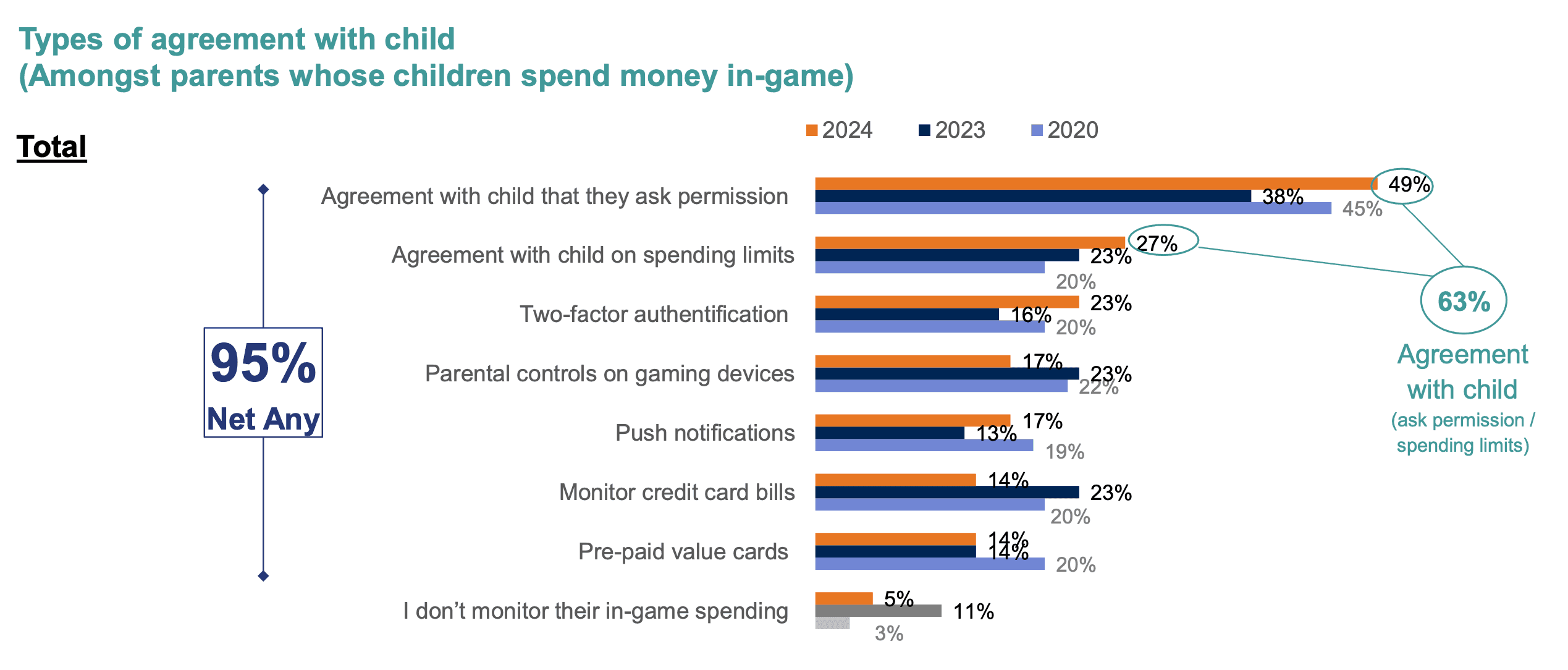
Parental Agreements for Speding in Games
Relevance of Web3 Gaming
The revival of kids’ MMOs is highly relevant to web3 gaming, as decentralized technologies offer solutions to some of the longstanding challenges faced by these platforms. Blockchain’s emphasis on user ownership, identity verification, and decentralized moderation could empower developers to create safer and more resilient environments for young players.
Furthermore, web3’s support for user-generated content through smart contracts can ensure that content quality and appropriateness are maintained. As web3 gaming evolves, these technologies offer a path forward for creating a new generation of kids’ MMOs that prioritize safety, scalability, and interactivity, revitalizing this genre with more secure and child-friendly virtual worlds.
Source: Konvoy

